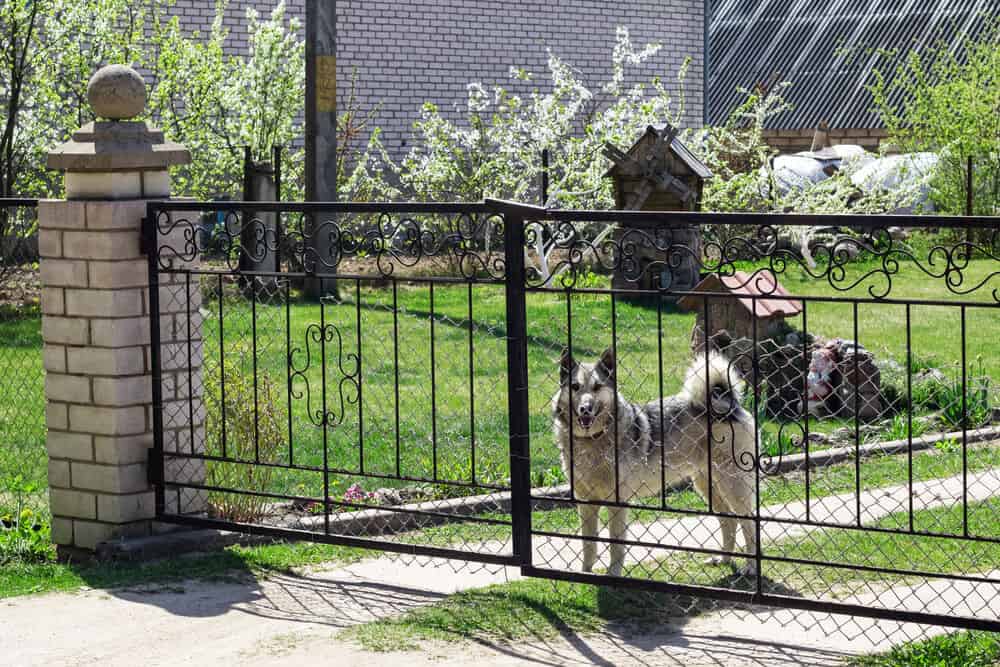James Hardie Fiber Cement Siding vs Vinyl Siding: Which Siding is Best?
As you can see from the video above, it’s obvious that James Hardie Siding is the most fire-resistant type of siding there is, the Hardie Siding in the fire test above did turn a little ashy in the bottom areas, however, it stayed intact and did not deteriorate like vinyl siding did.
James Hardie Siding and Trim products are Class A fire rated, which means Hardie siding can withstand hours of extreme heat without melting. Having siding that is fire-resistant is absolutely essential for protecting not just your home, but also you and your family in case a fire were to occur. While James Hardie Siding isn’t going to last forever in a fire, it will definitely slow the fire spread down significantly compared to vinyl siding and will give the fire department plenty of time to arrive on the scene.
What about vinyl siding?
Is vinyl siding still fire resistant?
Can it still slow the spread of a fire?
While many manufacturers of vinyl siding claim that vinyl siding has a high heat resistance and is flame retardant (due to the fact it is made out of PVC, which has a chlorine base), it obvious when you see the video above, that vinyl siding just deteriorates after just one minute in a fire.
On the plus side, vinyl siding in most cases will not directly spread the fire. Vinyl siding will, in most cases, not be a contributing factor in case if a fire occurs, however, during a fire, when the vinyl siding melts, it can leave the internal walls and studs exposed.
Your internal walls consist of copper piping, gas lines, electrical wiring, studs (made of wood on most residential homes), and much more that CAN directly spread the fire even more so. This is extremely dangerous because if a fire were to come into contact with your electrical wiring, this can mean serious damage to your home. This is why FEMA (Federal Emergency Management Agency) does not recommend installing vinyl siding on a home that is located in a high fire risk area.
Winner: Hardie Siding






